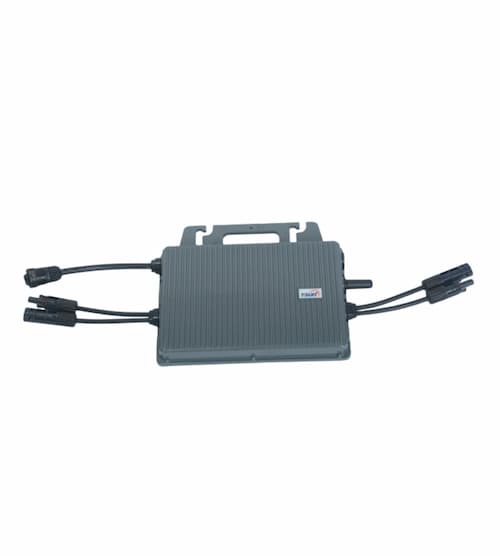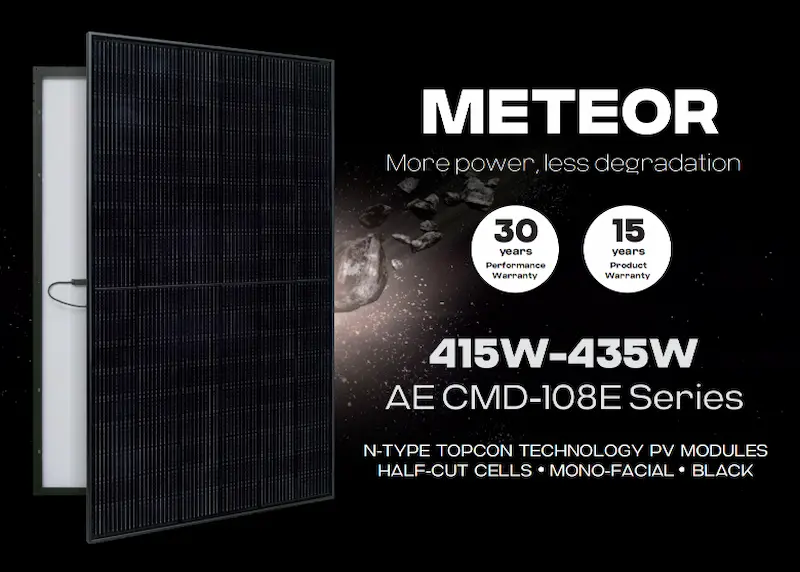Ground-mounted solar panels are one solution that is sustainable and has been surprsingly effective as the world moves towards more environmentally friendly sources of energy. Solar panel systems on the ground make them different from their rooftop neighbors, giving several advantages in only using of those applications. Ground-mounted systems made up a major part of this growth with the global solar power capacity touching 710 gigawatts in 2020, as per the International Energy Agency. In this article, we will unpack why ground-mounted solar panels are gaining traction, backed by exhaustive and accurate data.

The Advantages of Ground-Mounted Solar Panels
Enhanced Efficiency and Energy Production
More efficient than ground-mounted PV in many environments. A big reason is its ability to position things flexibly. The answer should be known because these panels can be setup at the best angle and position to face the sun in a better way for maximizing his exposure to the sunlight through the day. According to the National Renewable Energy Laboratory (NREL), that flexibility can increase energy yields by as much as 15-25%. In addition, they can be fitted with solar tracking systems that move the panels to follow the sun, increasing efficiency even further.
Better Cooling and Longevity
One benefit that is not always mentioned with ground-mounted solar panels is their cooling feature. Also, since the modules are off of the ground they are able to have greater airflow for improved heat dissipation. When these panels are cooler, they tend to work better and too much heat can result in a partial performance impairment. Research has proven that a panel with cool enough conditions can produce up to 10 percent more electricity than one that gets too hot.
Optimal Use of Space
For those with plenty of unused land, ground solar mounting systems offer another solution. This area can be used as a portion of agricultural fields, commercial estates and large residential properties for the production of huge renewable energy. Ground-mounted systems do not depend on property structure, and are therefore able to leverage access to direct sunlight, unimpeded cooling airflow and ample landspace with permissible zoning.
Detailed Insights on Installation and Maintenance
Simplified Installation Process with Ground Solar Mounting
With the ground mounted solar panels installation things can be relatively easier as compared to a rooftop installation. This method doesnt require working in heights that reduces risks and may lead to cheaper labor. Ground-mounted go beyond being free of the limitations placed by roof space, design or condition but they are installed on-site. This means that you can deploy larger and potentially stronger systems to get the most out of that available space.
Easier Maintenance and Accessibility
Ground-mountedsolar panel maintenance is much simpler than rooftop systems. Ease of access: Technicians can inspect, clean and repair the panels without special equipment. Consistent maintenance measure may prevent decrease in capacity and a premature end of life due irregularly scheduled cleaning time, ground mounted systems make this process easier off the roof and free up money in long term operational costs.
Financial and Environmental Benefits of Ground Solar Mounting Systems
Cost-Effectiveness Over Time
Although the cost of installation of ground-mounted solar panels is higher in the beginning because of mounting structures and land preparation is required, its long-term benefits can overcome these initial costs. This means that increased efficiency and easier maintenance will result in a higher electricity output, as well as lower maintenance costs over the long run. Then, as the price of solar technology declines further and further, ground-based systems are more and more financially secure.
Environmental Impact and Land Use Considerations
Solar panels mounted on the ground help in preserving mother earth and decrease greenhouse gas emissions, less dependency on fossil fuels. Especially in areas where brownfields or degraded lands predominate, they are indispensable. Utilizing these lands can reduce environmental footprints and advance renewable energy development, says the Solar Energy Industries Association (SEIA).
Technical and Operational Considerations
Versatility in Panel Placement and System Design
Ground-mounts provide a greater degree of flexibility in panel placement and system layout. In such cases, installers can adjust the layout to avoid shading or other obstacles which potentially interfere with gaining enough sunlight. This is also great for homes which have an uneven landscape or areas of the year that either has snow coverage, blocking it off so sun absorption or varying solar access through parts of the year.
Integration with Agricultural Practices
These days, agrivoltaics (combining solar panel installations with agriculture) are being promoted as canny land-use strategy. Farmers also have the option to place ground-mounted solar panels in a way that leaves the land underneath and immediately surrounding them available for agricultural uses. The practice of dual-use can help in increasing land productivity and earning more money for farmers. According to research at the University of Arizona, agrivoltaic systems can increase crop yields by providing shading and reducing water evaporation and create solar energy.
Addressing Challenges and Misconceptions
Initial Cost and Land Use Concerns
Installing solar panels on the ground is much more expensive. One of the biggest drawbacks to inground-mounted solar panels This is the time lengthening strategy but long-term benefits and ROI are important here.
Aesthetic and Zoning Regulations
Aesthetic concerns and zoning regulations can also pose challenges for ground-mounted solar installations. In some regions, there may be restrictions on the visual impact of solar arrays. Engaging with local communities and stakeholders during the planning phase can help address these concerns. Furthermore, advances in solar technology and design are making ground-mounted systems more visually appealing and less intrusive.
Conclusion
Ground-mounted solar panels represent a robust and efficient solution for generating renewable energy. Their advantages in terms of efficiency, cooling, space utilization, and ease of maintenance make them an attractive option for many applications. Despite some initial challenges, the long-term benefits and environmental impact of these systems are substantial. As the world continues to move towards sustainable energy solutions, ground-mounted solar panels will undoubtedly play a crucial role in this transition. By considering the data and insights provided, stakeholders can make informed decisions about adopting this technology for a cleaner, more sustainable future.




